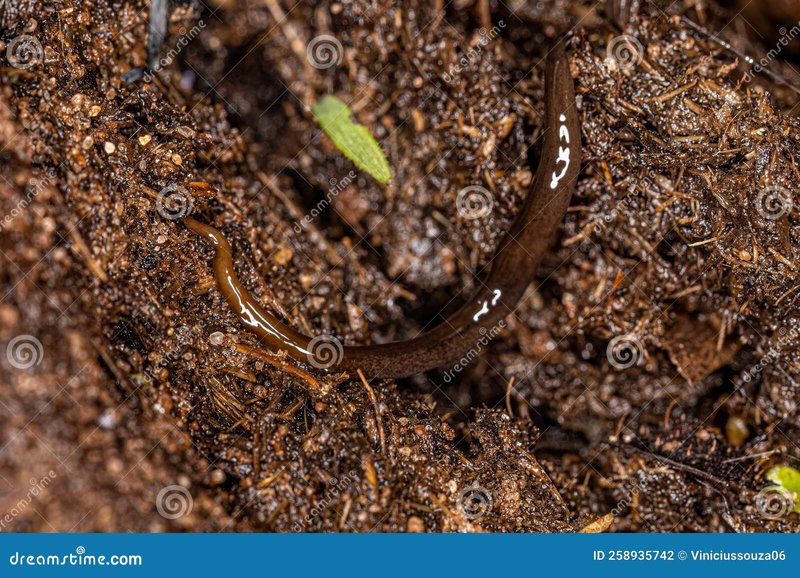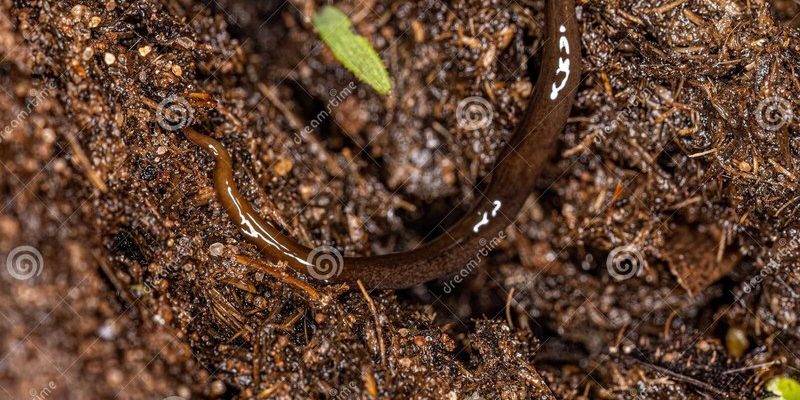
Planaria can be found almost everywhere, from freshwater lakes and streams to moist, hidden corners of the forest floor. They enjoy a balance of food, moisture, and safety from predators. By understanding their habitat preferences, we can better appreciate their role in the ecosystem. Think of them as tiny cleanup crew members, helping to break down organic matter in their environments. But what exactly makes a habitat ideal for these little guys? Let’s break it down.
Understanding Planaria: Who Are They?
Before jumping into where planaria hang out, it’s helpful to know a bit about them. Planaria are part of the flatworm family, known for their unique body shape and notable regenerative abilities. Picture them as the superheroes of the worm world; if you cut one in half, it can regrow into two separate worms! This remarkable trait helps them survive in various habitats, but their surroundings also play a critical role.
Planaria are primarily found in freshwater habitats like ponds, streams, and marshes. However, some types can even live in moist soil or leaf litter. Their soft, flat bodies and ciliated surfaces allow them to glide through water effortlessly, seeking food and shelter. Their diet mainly consists of tiny organisms like bacteria, protozoa, and decaying organic matter, which they find in their preferred habitats.
You might be wondering how they fit into the larger ecosystem. Well, planaria play a vital role in nutrient cycling, helping decompose organic material and contributing to the health of their environments. They’re like the unsung heroes in a bustling ecosystem, working quietly in the background to keep things running smoothly.
Preferred Habitats: Freshwater Environments
Planaria thrive in freshwater environments, where they can easily find food and shelter. Think about a calm pond on a warm day; the water is cool, with plenty of shade from overhanging plants. This is the type of setting planaria love. They often take refuge in the soft sediments at the bottom of these bodies of water, where they can hide from predators and access their food sources.
In these freshwater habitats, planaria prefer areas with slow-moving or still water. Fast-flowing streams can be a bit too turbulent for them. By staying in sheltered spots, like beneath rocks or among aquatic plants, they can find a safe, moist environment. Not only does this protect them from bigger fish and other predators, but it also helps them maintain their moisture levels, which is vital for their survival.
These environments also provide the decaying organic material planaria love to eat. Algae, small bacteria, and even decomposing leaves create a buffet of nutrients. So, when you spot planaria in a pond, it’s like watching a tiny ecosystem in action!
Moist Terrestrial Habitats
While most people think of planaria as aquatic creatures, some species have adapted to life on land. They thrive in moist terrestrial habitats, like leaf litter, damp soil, or under stones. Imagine a forest after a rain shower; the ground is rich with moisture and life. That’s a prime spot for terrestrial planaria!
These land-dwelling flatworms often hide in the damp, dark spaces that shield them from the sun’s harsh rays. Leaf litter is a perfect habitat, as it provides not only moisture but also a steady supply of food. Bacteria and decaying organic matter in the litter are like a feast for planaria. It’s a cozy little world for them, away from the prying eyes of predators.
Here’s the thing: moisture is crucial for these planaria. Without it, they risk drying out, as their bodies can’t retain water very well. That’s why you’ll often find them in environments that stay consistently moist, especially in forested areas or near the edges of wetlands.
Impact of Water Quality on Habitat Choices
The quality of water can significantly influence planaria habitats. When it comes to freshwater sources, they prefer clean, well-oxygenated water. Polluted or stagnant water can be detrimental, causing planaria populations to decline. They’re sensitive to changes in their environment, so factors like pH levels, temperature, and contamination play a big role in where they can survive.
High levels of nutrients, often from agricultural runoff, can lead to algal blooms. While this might seem like a buffet for other organisms, it can deplete oxygen levels in the water, making it uninhabitable for planaria. So, maintaining healthy water quality is crucial—not just for planaria, but for the entire ecosystem they belong to.
In summary, healthy water conditions are vital for planaria to find suitable habitats. The cleaner and richer the water, the more likely you are to spot these little worms gracefully gliding along the surface or tucked away in the sediment below.
Seasonal Changes and Habitat Preferences
Did you know that planaria can be affected by seasonal changes? As the weather shifts from warm to cold, or dry to wet, their habitats can change too. During the warmer months, planaria are more active, taking advantage of plentiful food and ideal moisture conditions.
In the winter, when water bodies freeze over or dry up, planaria might enter a state of dormancy. They can burrow into the sediment or leaf litter, waiting for the conditions to improve. This ability allows them to survive harsh conditions that would otherwise make their preferred habitats unlivable.
As spring rolls around and temperatures rise, planaria re-emerge, ready to explore their environments again. This seasonal adaptability highlights just how versatile these creatures are. They’ve figured out how to navigate life through changing conditions and maintain their populations year after year.
Adaptations to Habitat Challenges
Planaria possess some fascinating adaptations that help them thrive in their habitats. For starters, their flat bodies allow them to squeeze into tight spaces, whether in sediment or under rocks. This ability not only helps them evade predators but also gives them access to food sources that others might miss.
They also have a remarkable ability to regenerate lost body parts, as mentioned earlier. If a predator were to take a bite, planaria can heal and regrow. This not only aids in their survival but allows them to continue exploring their preferred habitats.
Another adaptation is their ability to sense changes in their environment. With specialized cells that detect light, moisture, and chemicals, planaria can navigate towards optimal habitats and food sources. This sensory perception is crucial for finding safe places to live and ensuring they stay fed.
In essence, these adaptations help planaria remain resilient, allowing them to survive and thrive in a variety of habitats, regardless of the challenges they might face.
Understanding the habitat preferences of planaria helps us appreciate not only their role in the ecosystem but also the health of our environments. These little flatworms might seem insignificant, but they are vital players in nutrient recycling and maintaining the balance in freshwater ecosystems.
When we talk about the habitats of planaria, it’s clear they need both clean water and moist environments to thrive. Their adaptability to seasonal changes and environmental conditions shows just how resilient they are. Protecting their habitats means protecting the larger ecosystem, which ultimately benefits us all.
By keeping an eye on our natural water sources and understanding the preferences of these fascinating creatures, we can contribute to their survival. So, next time you spot a planarium in a pond or a damp corner of the forest, take a moment to appreciate their unique place in the web of life!

